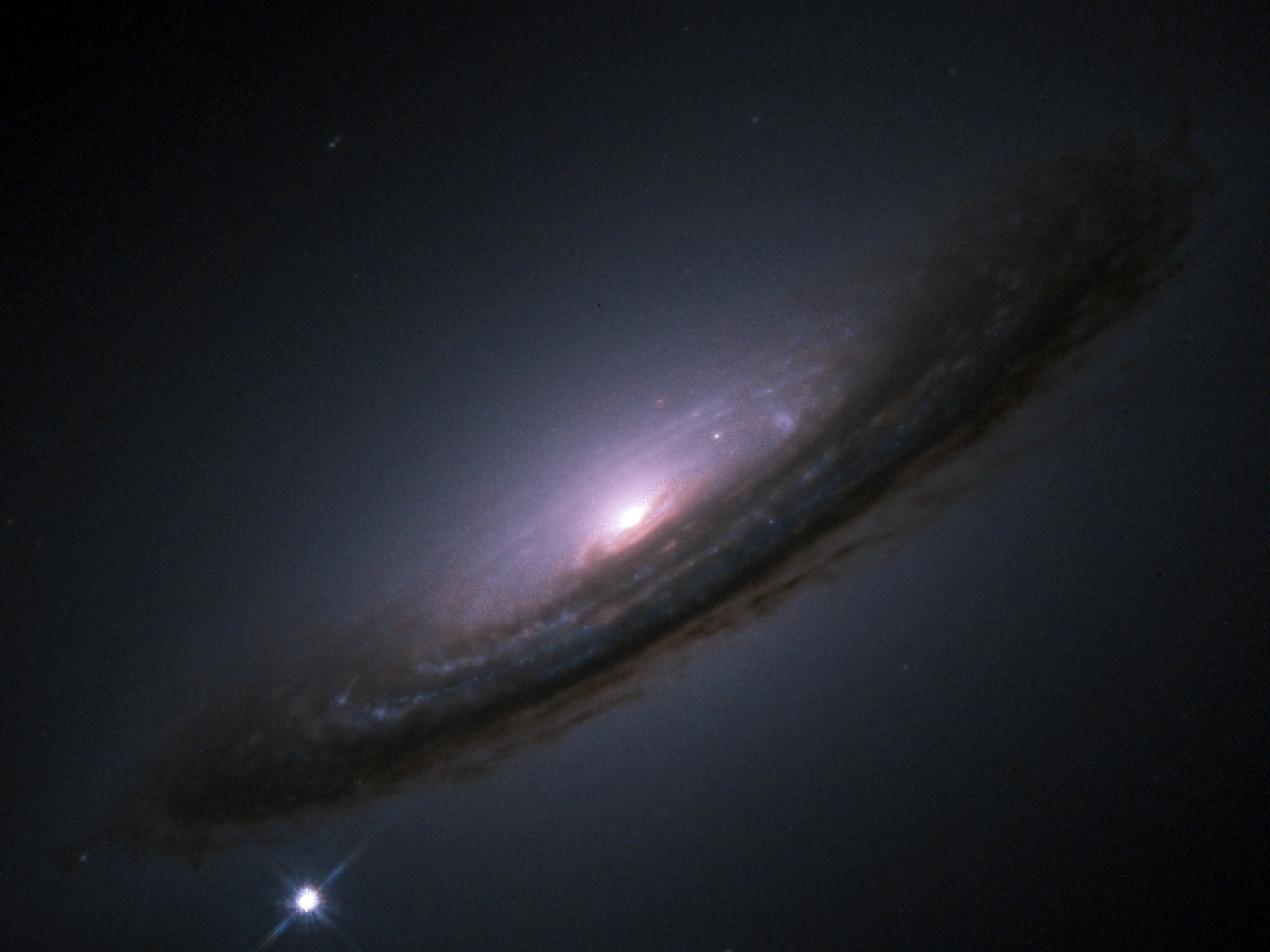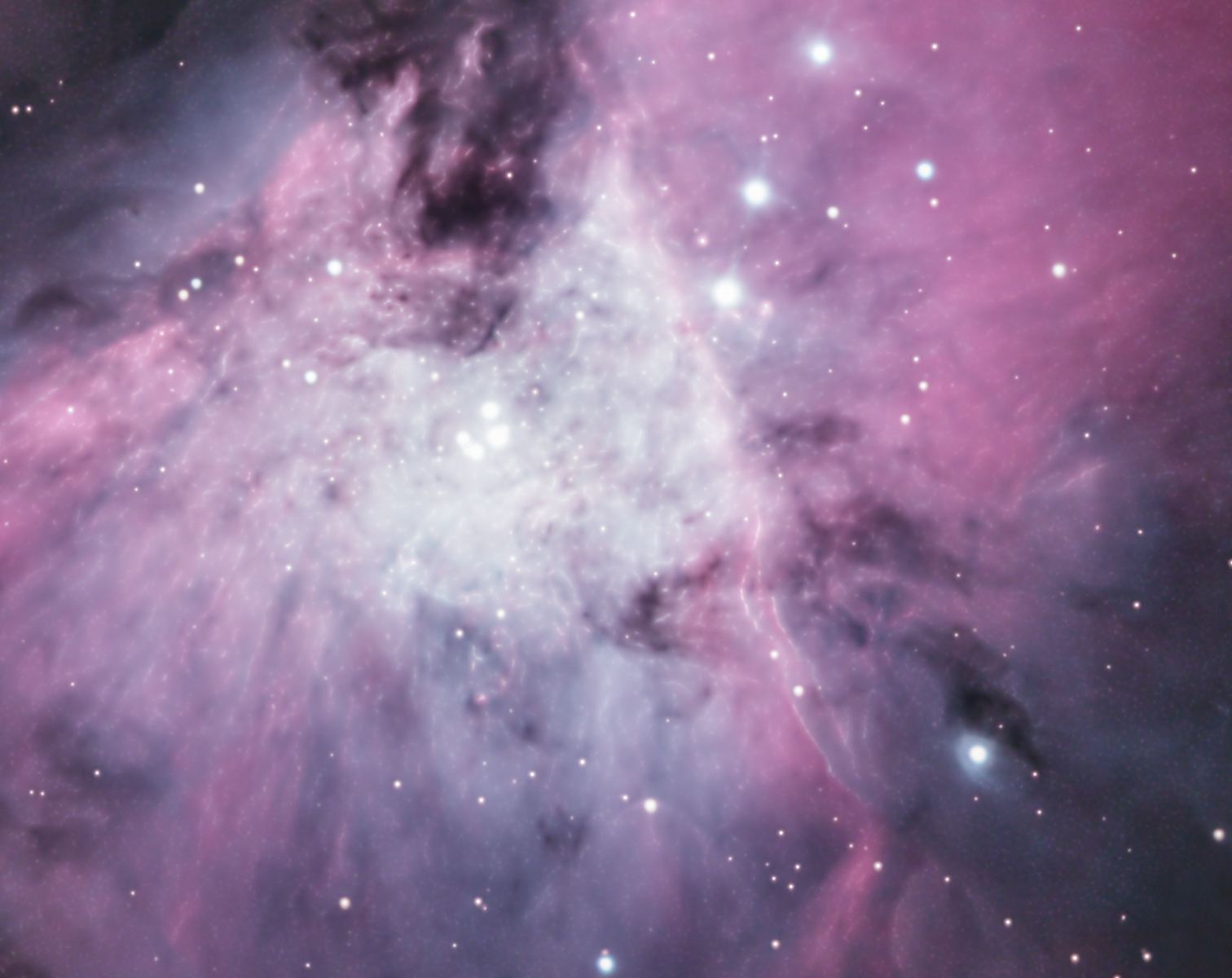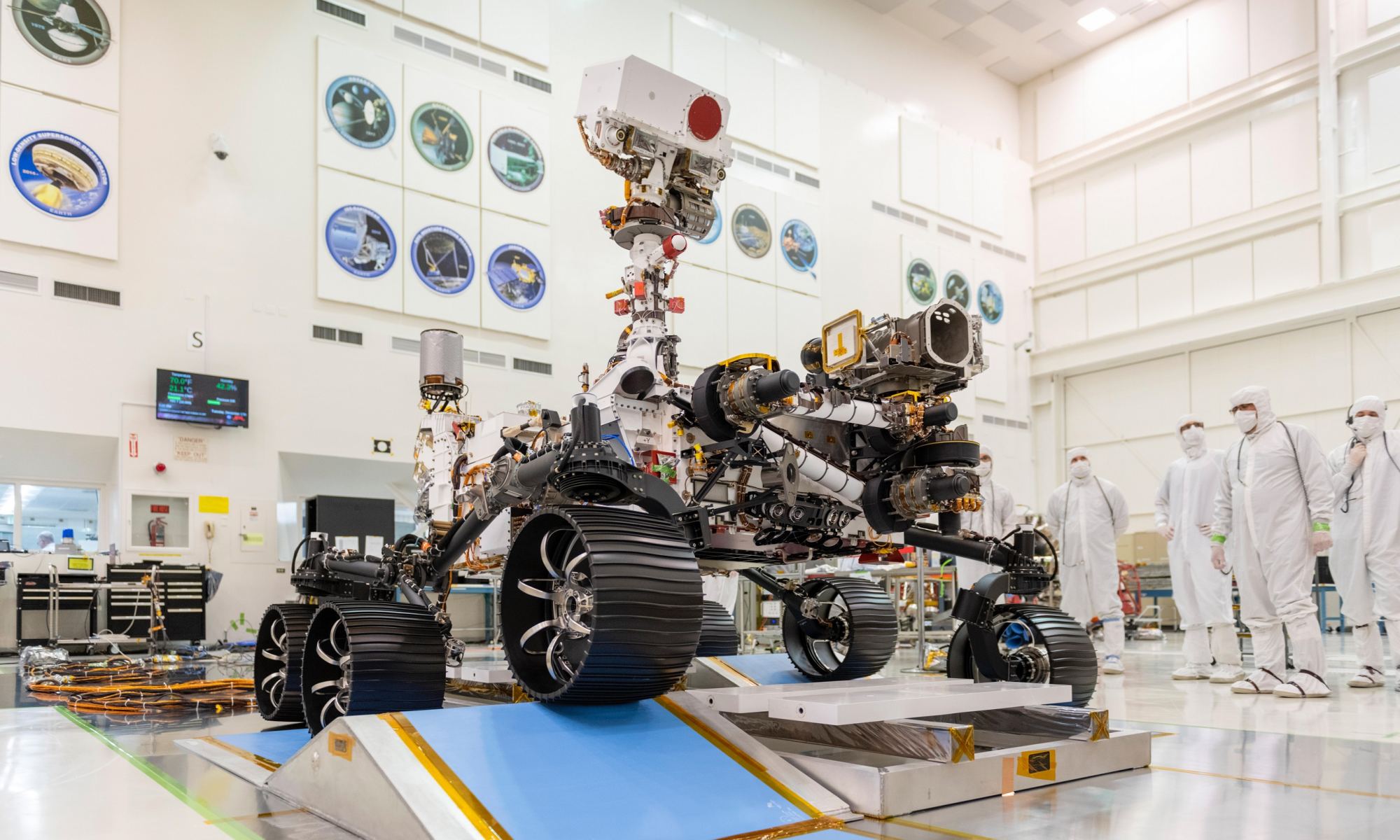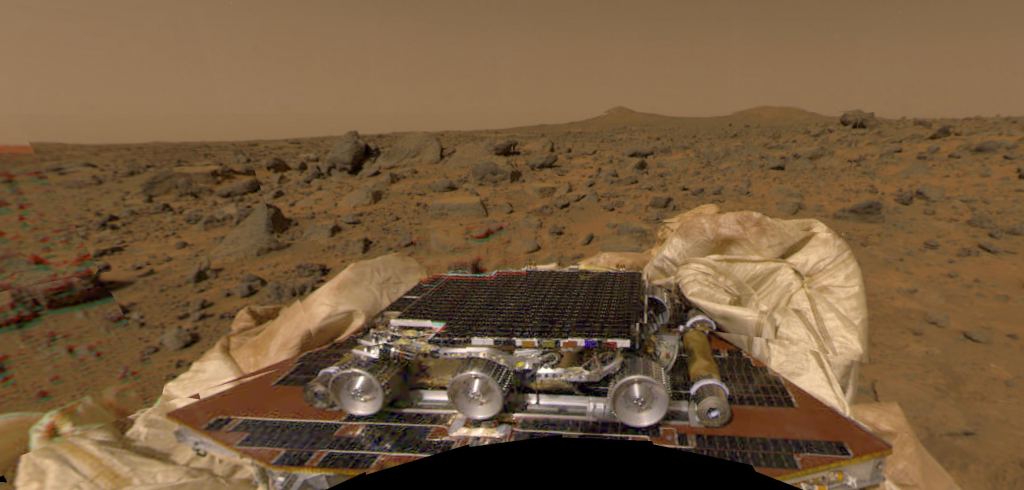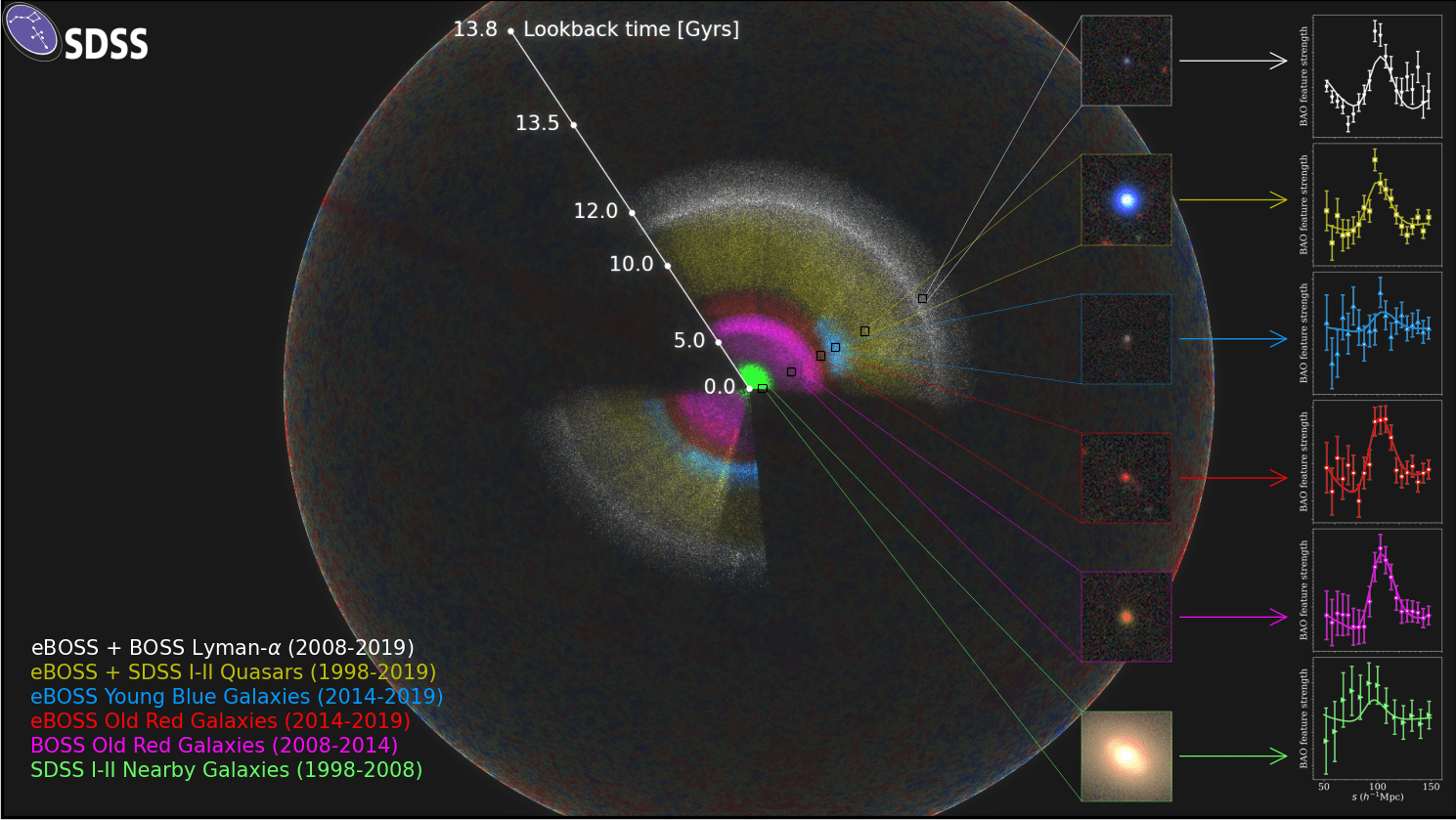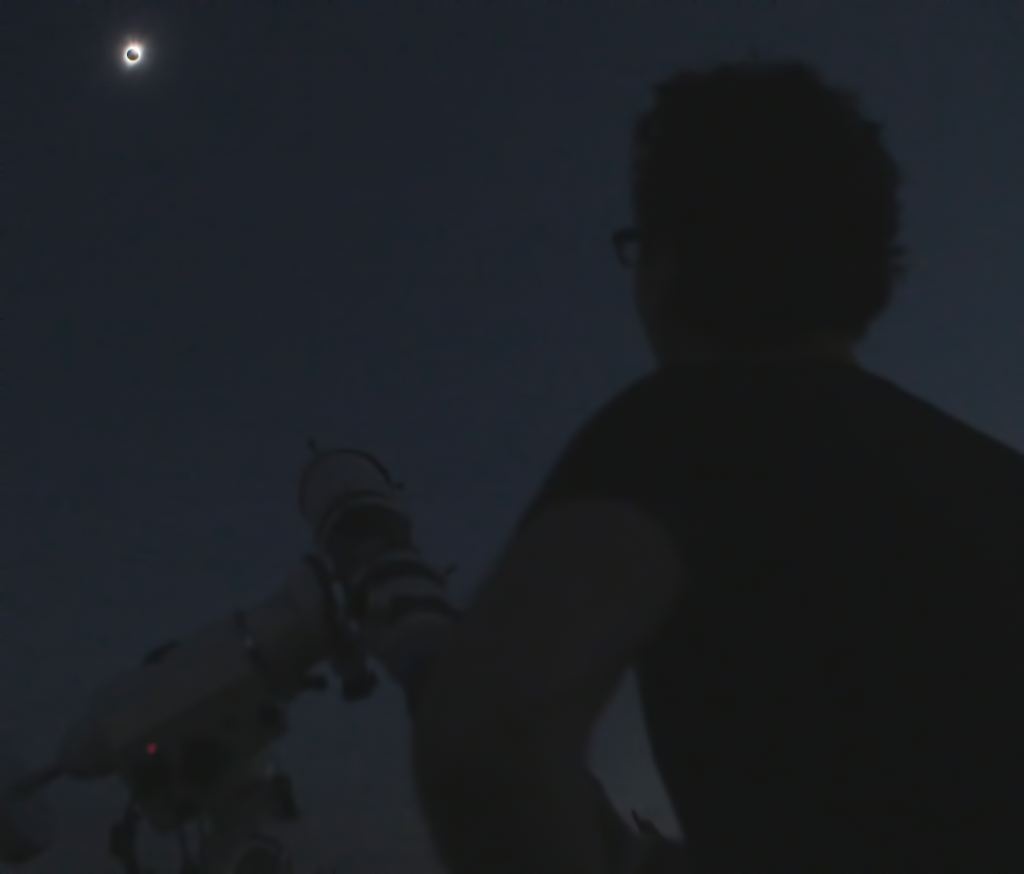An Ancient Voyage
Earth is on a journey…
While our planet orbits the Sun each year – a billion kilometers – our entire Solar System is drifting through the Milky Way Galaxy making one rotation every 225-250 million years (that means dinosaurs actually lived on the other side of the Galaxy!) Humanity has been on Earth for a small fraction of that journey, but parts of what we’ve missed is chronicled. It is written into the rock and life of our planet by the explosions of dying stars – supernova. Turns out supernovas write in radioactive ink called Iron-60.

As the Sun travels through the Galaxy, so too do the hundreds of billions of other stars that comprise the Milky Way; all swirling and spiraling in varying directions. If you could time travel to a distant past, you’d look up and see an unfamiliar sky – different stars, different constellations, and sometimes the glow of a brilliant supernova. Stars explode in the Milky Way about once every fifty years. Given the immense size of the Galaxy at around 150,000 light years in diameter, the odds of one of those stars exploding in our backyard is low. But while supernova happen in the Galaxy twice a century, those in close proximity to Earth, within 400 light years, do happen once every few million years. And along Earth’s epic 4.5 billion-year journey, it appears that we’ve had close encounters with supernova several times. In fact, we seem to be travelling through the fallout cloud of supernovae right now.
Continue reading “The Solar System has been Flying Through the Debris of a Supernova for 33,000 Years”
